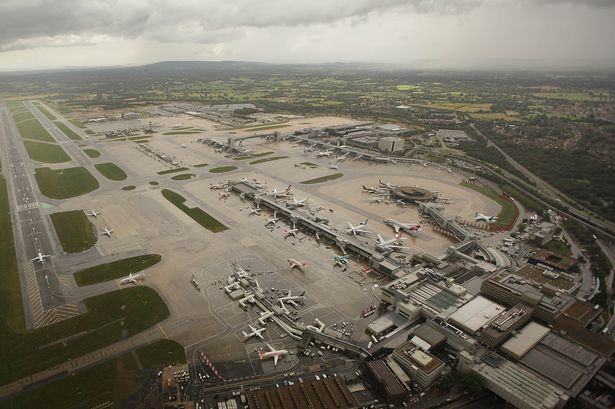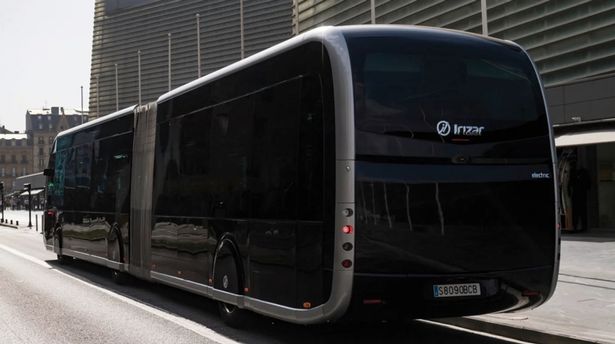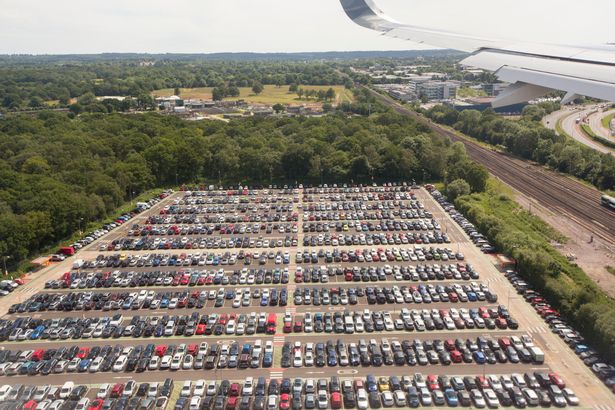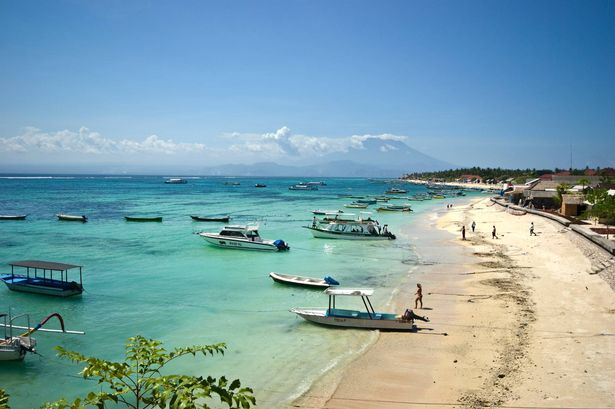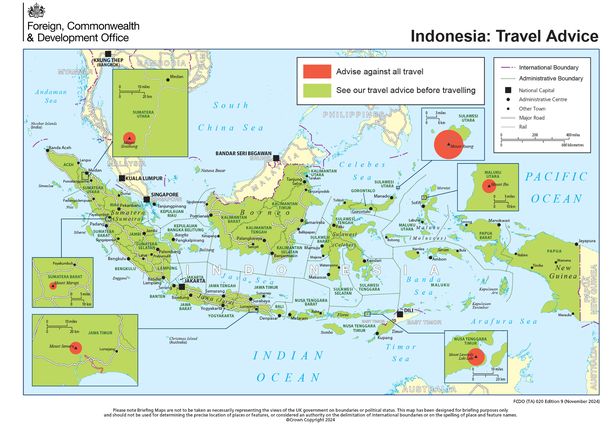Millions of passengers will soon be whizzed over from long-stay car parks to their terminal in a sleek new fleet of futuristic vehicles following a £14 million sustainability investment
One of the busiest UK airports is ditching gas-guzzling buses as part of a huge £14 million investment. Last year, London Gatwick Airport – which is owned and managed by VINCI Airports and Global Infrastructure Partners – handled a whopping 43.2 million passengers.
Many of these travellers will have used the hub’s Park & Ride, which allows customers to park their vehicle at a designated car park outside of the airport and then take a shuttle bus to the terminal. It’s often much cheaper to use this option than using the roll-up parking, which can total up to a whopping £75 per day.
READ MORE: UK airports to face ‘busiest summer ever’ as worst days to fly are named
But passengers using Park & Ride will soon be whizzed over to the airport in a futuristic tram powered solely by electricity. Gatwick has confirmed it has signed a contract with Irizar e-mobility to bring 14 new electric tram-style buses – all of which are 18 metres long – to transfer passengers from the long-stay car parks to the terminals.
The move is expected to save 17.7 tCO2e in carbon emissions per year, and is part of the airport’s sustainability efforts to decarbonise the aviation industry.
The Irizar ie trams, which are known for their futuristic and minimalistic design, will all be equipped with luggage racks inside for ‘greater comfort and functionality’. The vehicles use the latest generation Irizar batteries and are charged using an ultra-fast pantograph system, which can do a full charge in less than six minutes.
“In addition, with the goal of improving safety, the new buses will be equipped with digital vision cameras, which significantly improves the front, side and rear visibility,” Irizar said in a statement. “In this way, Irizar e-mobility is expanding their electromobility solutions in the United Kingdom, where more than 50 Irizar electric buses are already operating in several cities.”
The Mirror was told the electric buses won’t be deployed until around Christmas time this year. Steve Kelso, Head of Engineering at London Gatwick added: “We’re excited to have 14 new electric tram busses coming to London Gatwick. We are playing our part to decarbonise the aviation sector and as we grow, we must do it sustainably.
“The electric buses are part of our transition to a fully electric vehicle fleet and just one example of our Decade of Change sustainability strategy in action.”
Last week (July 9), Gatwick celebrated another landmark after its first-ever electric flight landed at the hub, as part of the VINCI Airports Network Elektro Tour. The 50-flight leg tour, an early-stage proof of concept, coincides with the delivery of 47 new electric vehicles at London Gatwick, including airside operations and engineering cars.
This is part of the airport’s mission to upgrade its 300-strong vehicle fleet to fully electric by 2023 to support its broader £250m decarbonisation programme to achieve net zero for its own emissions in the next five years. Mark Johnston, chief operating officer at London Gatwick said: “We’re pleased to welcome the VINCI Airport’s Elektro Tour team to the airport, this might just be the smallest aircraft to ever land at London Gatwick!
“We’re proud to be playing our part in supporting wider efforts to decarbonise the aviation sector. Our vision is to be the airport for everyone, whatever your journey, and as we grow, we must do it sustainably. Our transition to an electric vehicle fleet is just one example of our Decade of Change sustainability strategy in action.”
Do you have a story to share? Email us at [email protected] for a chance to be featured.
